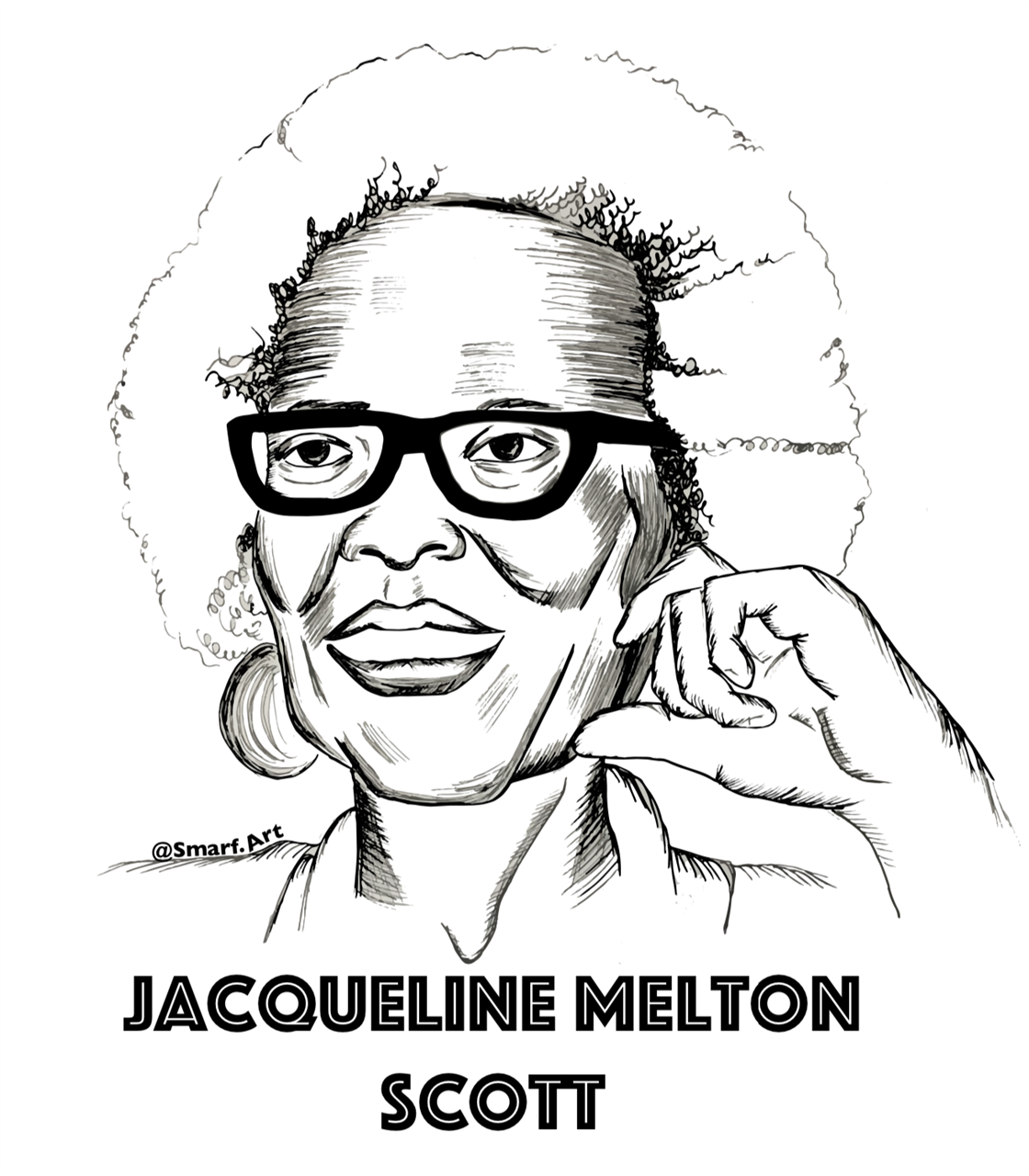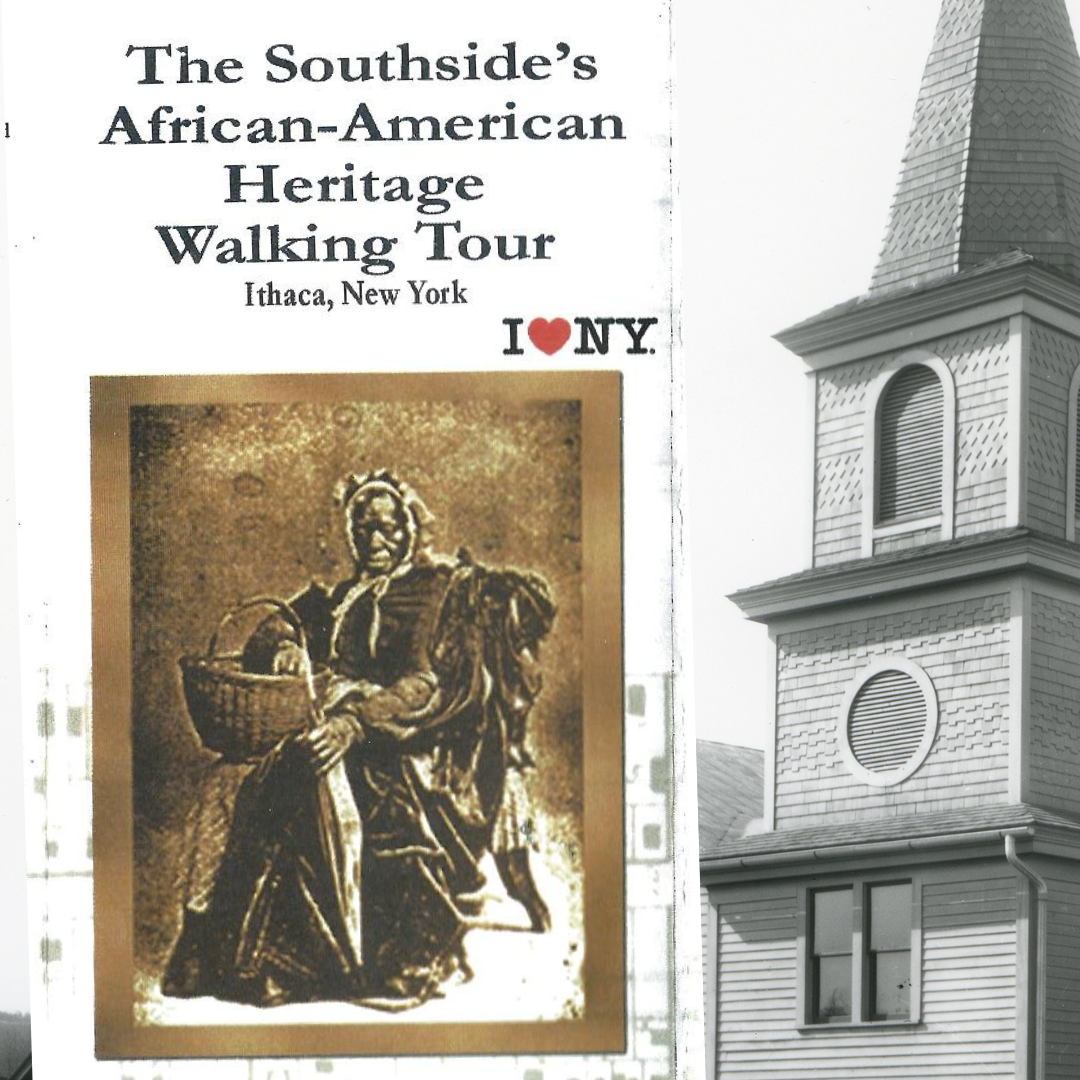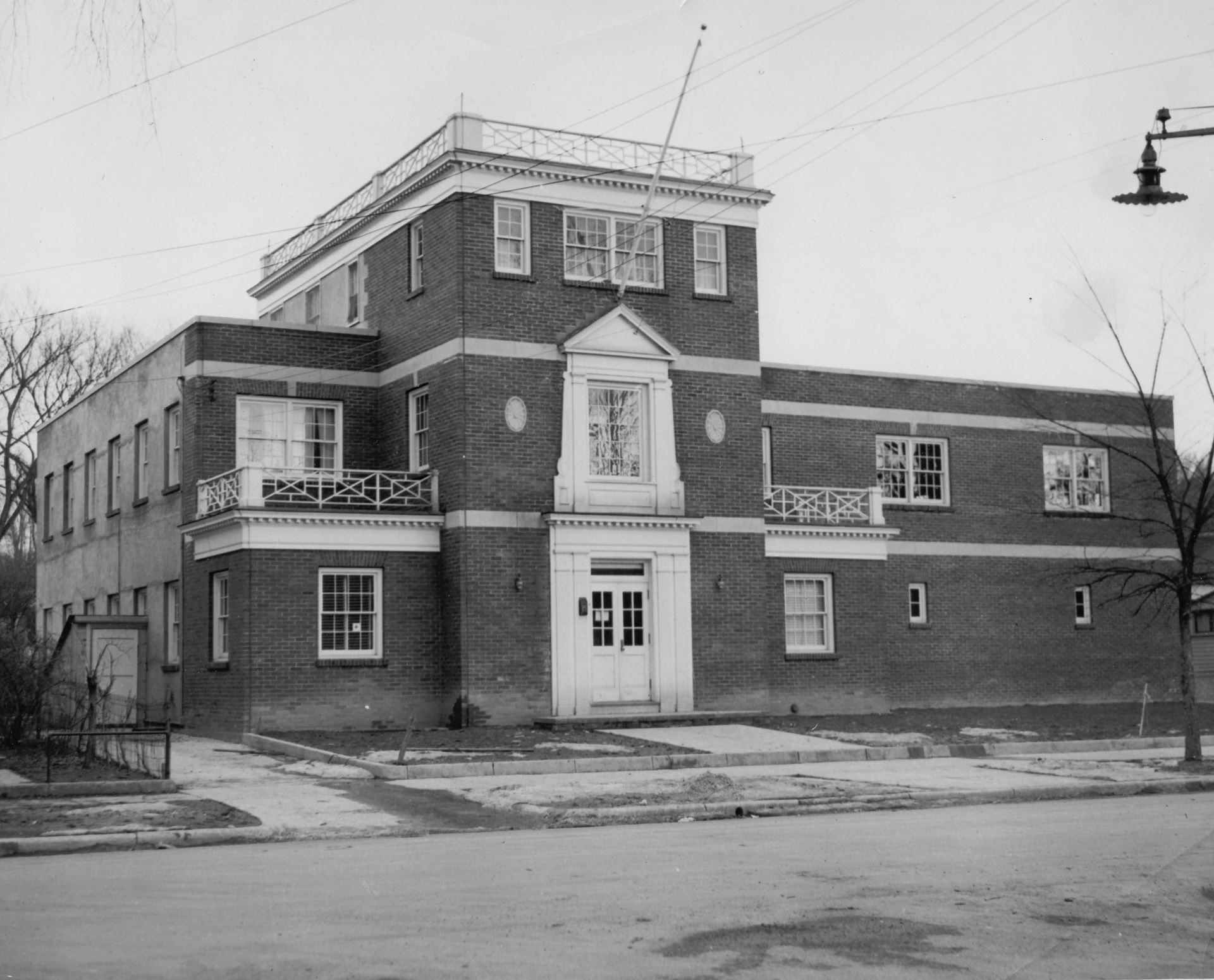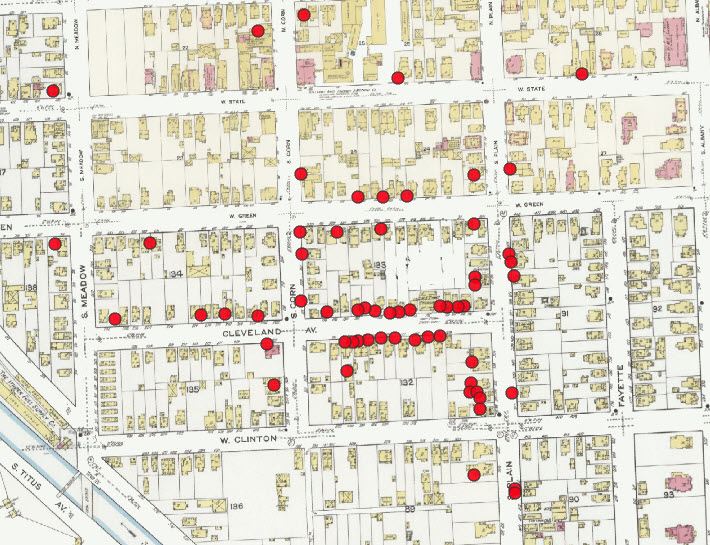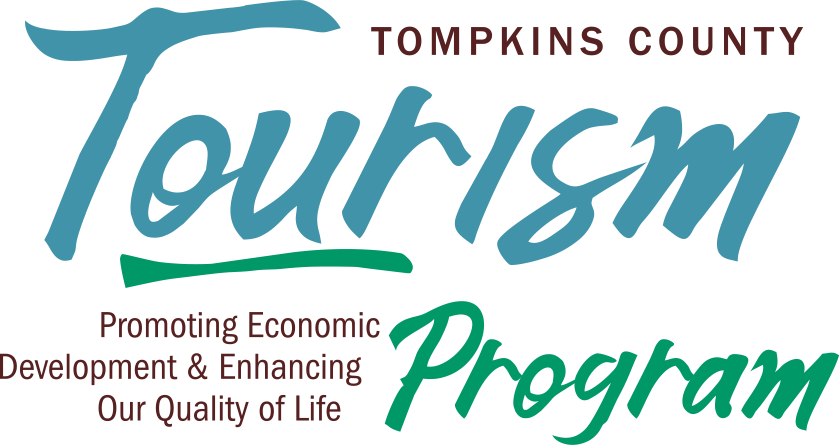- Home
- Learn
- Black History
- Southside Neighborhood
SOUTHSIDE NEIGHBORHOOD
From its beginnings, the Southside neighborhood of Ithaca has included residents of different races, but has been a historically Black community for over 150 years. The Southside community in Ithaca, New York is located south of State St/Martin Luther King Jr. Avenue, North of Titus Ave, East of Route 13 (Meadow St) and West of Cayuga Street. |
Southside is home to the oldest church structure in the City of Ithaca, St. James AME Zion Church and known information hub for the Underground Railroad. In addition Southside supported and grew some of the most active community groups organizing around racial justice and affirmative action for Black community members since the 19th century. Learn more about our local leaders like J. Diann Sams, Jackie Melton Scott, the Ithaca Council for Equality, and the Frances Harper Womans Club.
|
DIGITIZED WRITTEN WORKS ON LOCAL BLACK HISTORY from The History Center Archives
|
VIRTUAL TOURS OF HISTORIC SOUTHSIDE LOCATIONS
- 3-D Virtual Tour of St. James AME Zion Church (2023) - Cyark - Underground Railroad Hub
- Ithaca Underground Railroad Trail Mobile Guide (2023) - Underground Railroad Hub
- The Southside Loop - PocketSights
- The Southside's African-American Heritage Walking Tour (2003 ed.) - PocketSights
- The Southside's African-American Heritage Virtual Walking Tour w/ Leslyn McBean Clairborne - YouTube (2023)
Oral History Interviews with Memories of Southside The following interviews are included in the Black Voices in Tompkins County Oral History Collection, and can be listened to by appointment in our Research Library.
| Southside Neighborhood Archives & Related Collections
We have over 600 archival collections in our Archives, if you're interested in exploring these resources we recommend you reach out to archivist at archives@thehistorycenter.net. |
C.M. Titus was an early resident of Southside. In 1868 Titus bought a 360 acre piece of land and began to build on it. In order to drain the land and improve it for construction, Mr. Titus dug a new channel for Six Mile Creek through his swampy property. He laid out two streets on either side of Six Mile Creek, and named them after himself (North and South Titus Avenue). Mr. Titus built the Sprague House at the corner of South Albany Street and North Titus Avenue, for his wife’s brother-in-law, Mr. Joseph B. Sprague.
Many of the houses along South Albany Street and along Hyers St. were built by Andrew C. Hyers. He sold the houses for around $2,500 apiece during the years between 1904 and 1929. Purchasers could pay a deposit of $100, and $15 a month to buy a house. People who earned about $0.50 per hour were able to afford Mr. Hyers’ houses.
In 1917, Anna Quackenbush, a young nurse, came to Ithaca to help treat and prevent the spread of the contagious disease polio. Anna Quackenbush became friendly with Mary Hibbard, her boarding house landlady. Miss Hibbard became interested in Anna’s work, and began to take care of children who had been stricken with polio. Ms. Hibbard decided that Ithaca needed a place where young polio victims could receive care after their illness, and she organized a group of friends to raise money. They held luncheons, dinners, bazaars, and other events.
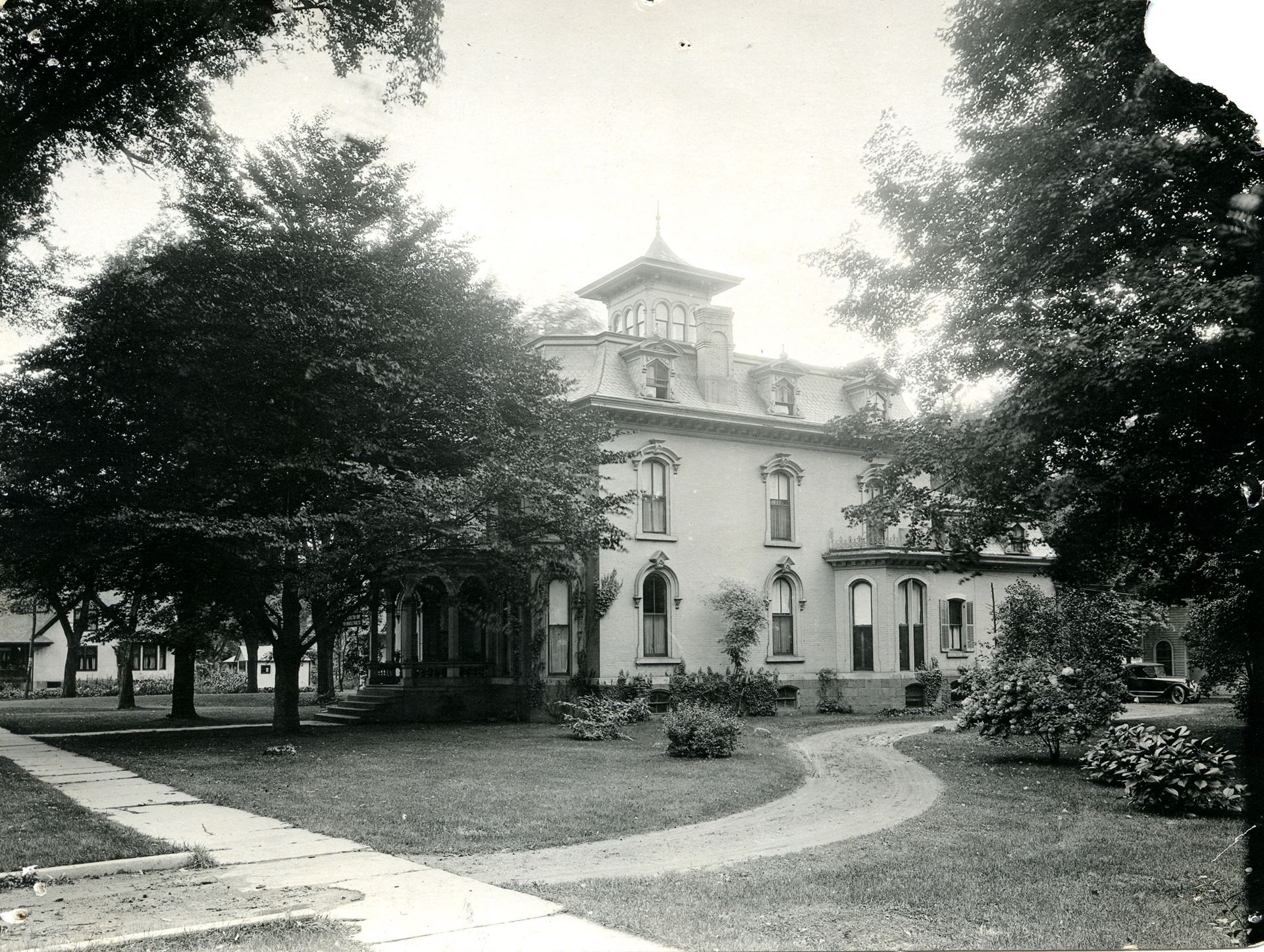 Miss Hibbard raised enough money to rent a house on South Albany Street and it opened as the Reconstruction Home in 1920. The Reconstruction Home was the first center of its kind in the United States, dedicated solely to the care of polio victims. The atmosphere was cheerful and friendly, and the most up-to-date treatments were used. Many Ithacans and Ithaca organizations supported the Reconstruction Home, including the Elks Club and Cornell University (which donated fresh fruits and vegetables from its farms, and free tickets to events).
Miss Hibbard raised enough money to rent a house on South Albany Street and it opened as the Reconstruction Home in 1920. The Reconstruction Home was the first center of its kind in the United States, dedicated solely to the care of polio victims. The atmosphere was cheerful and friendly, and the most up-to-date treatments were used. Many Ithacans and Ithaca organizations supported the Reconstruction Home, including the Elks Club and Cornell University (which donated fresh fruits and vegetables from its farms, and free tickets to events).
The children at the Reconstruction Home were tutored so that they could keep up with their studies, and they received physical therapy to help them recover use of their limbs. The Reconstruction Home was such a success that it grew too big for its building, and a large addition was built in 1929. Franklin Delano Roosevelt, who was himself a polio victim, visited the Reconstruction Home when he was Governor of New York State. Other famous visitors included Amelia Earheart (aviator), Jack Dempsey (boxer), and Helen Hayes (actress). The institution kept growing and needing further improvements and additions.
After the polio vaccine was developed, and the number of polio victims dropped, the Reconstruction Home became more of a nursing home. In the late 20th century the Reconstruction Home was renamed the Beechtree Center for Rehabilitation and Nursing, and now serves mostly elderly patients, and some younger patients recovering from accidents of illnesses.
This is a summary of the Southside chapter by Claudia Montague in the book Ithaca's Neighborhoods, Edited by Carol U. Sisler, Margaret Hobbie, and Jane Marsh Dieckmann. Ithaca's Neighborhoods the Rhine, the Hill and Goose Pasture was digitized by the Tompkins County Public Library in 2009 and can be read in full on their website.
The AME Zion Church traces its roots to 1796 when James Varick and seven fellow members withdrew from New York City's John Street Methodist Church in protest over discriminatory treatment they received there. The African Methodist Episcopal Church was chartered in 1801, and by 1843 there were nineteen churches in New York State. According to the research prepared by Historic Ithaca for the National Register nomination, "The Zion church was the only national Black church to officially declare against slavery, incorporating the measure in the first Book of Discipline in 1820. Zion ministers were expected to take an active part in the struggle for freedom." |
Peter Webb, a hosteler at the Ithaca Hotel who had bought his freedom in 1818 from John James Speed of Caroline, met with friends about the formation of a church in the early 19th century. The local AME Zion congregation was chartered on December 16, 1833. During its first two years, the Ithaca congregation met in a residence at the corner of Green and Geneva Streets. A building lot was purchased on Wheat Street (now Cleveland Avenue) in 1836 for five dollars from Richard DeWitt, son of Simeon DeWitt. Construction on the single room, stone meeting house began in the same year and, as the congregation few, the building was expanded upward and outward, making St. James the oldest continuously used church in the City of Ithaca.
Many notable individuals, some of the most outspoken advocates for the abolition of slavery, attended and spoke at the Zion Church in Ithaca; they included Frederick Douglass, Harriett Tubman, and Reverend Jermain W. Loguen. Reverend Loguen, the "King of the Underground Railroad", was the pastor of St. James from 1852-1879, ascended to the level of bishop within the African Methodist Episcopal Church.
St James AME Church is said to have been a station on the Underground Railroad, and although there is little written record about individuals involved, or the locations of the stations since harboring runaways was illegal and "stationmasters" were at great risk after the passage of the Fugitive Slave Act in 1850. An association with Harriet Tubman and Ithaca's proximity to Auburn suggests that the church and its congregation, many of them formerly enslaved, were actively ensuring safe passage for those seeking freedom. In recent years a monument to the members of Ithaca's early Black community who enlisted at St. James for Civil War service in New York's 26th Regiment US Colored Infantry was placed in a small park adjacent to the church's east side.
After the Civil War, as Ithaca's Black community grew, it was necessary to provide a larger sanctuary in the church. A clapboard sided, two-story, gable roofed auditorium was added atop the stone "meeting house" between 1861-1872. A vestibule was added to the southeast corner in 1895, and the two-story belfry tower was completed in 1904.
In 1906, seven Cornell University students disgruntled by the discrimination they encountered in the fraternities, met at 421 N. Albany St. and founded the first intercollegiate Greek-letter fraternity established for African-Americans, Alpha Phi Alpha. St. James was instrumental in the establishment of the fraternity, providing a place to meet while offering moral support and guidance to early members.
In recognition of its significance as a physical and spiritual representation of cultural and religious history in Ithaca and to the Black community it continues to serve, the St. James AME Church was listed as a city historic landmark in 1975 and one year later, was listed on the State and National Registers of Historic Places.
This is a modified summary from the 'That Old House of Worship - A Tour of Religious Buildings in Downtown Ithaca, New York' brochure produced by Historic Ithaca in 2013.
Other resources: St James AME Zion Church Website | Underground Railroad Excavation Project |
Southside Community Center
Frances Ellen Watkins Harper (1825-1911), an abolitionist, activist, poet, and a founder of the National Association of Colored Women lectured in Ithaca in 1888. Following her visit Black women in the community began organizing meetings, mother-daughter dinners, then moved on to organizing "community mothering activities." In March of 1927, the Frances Harper Women's Club re-organized to become the non-gendered Serv-Us League to support all the residents of Southside. Mrs. Vera Irvin was then president and through her efforts $220 was raised for the Hope Chest as a nucleus fund for further programs of the Serv-Us League. Through the efforts of Mrs. Irvin and Mrs. Jessie Cooper, who later became executive secretary and president of the League, four local business men were enlisted to support the financial growth of the League and the first advisory board was formed. Mr. J. W. Hook served as the first president, and was succeeded by Mr. R. E. Tremen. For the first seven years of its existence, the Serv-Us League meetings and programs were held in a rented house at 221 South Plain Street. A multi-year interracial fundraising effort raised the money by 1932 to buy a house at 305 South Plain Street. The Serv-Us League deeded the property at 305 S. Plain Street to the City of Ithaca, and ground was broken in 1936 to build the Southside Community Center. First Lady Eleanor Roosevelt attended the 1937 dedication. Southside Community Center continues to be an active community resource center, fostering appreciation for the contributions and presence of peoples of African descent in the greater Ithaca community and in the larger world community. Other resources: Southside Community Center Website | | 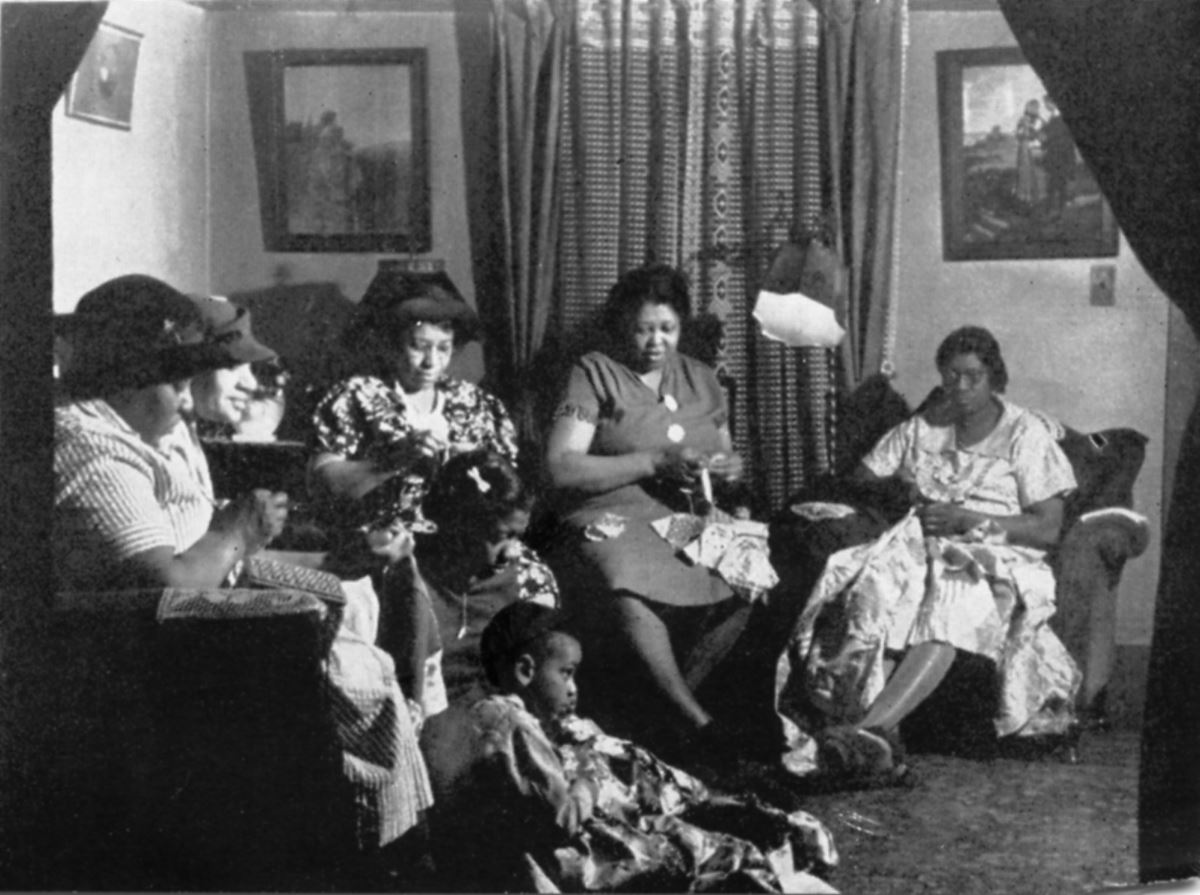 Members of the Serv-Us League meeting in 1930. The History Center in Tompkins County Southside Community Center Photo Collection FB0-0015
Southside Community Center ca. 1936 |
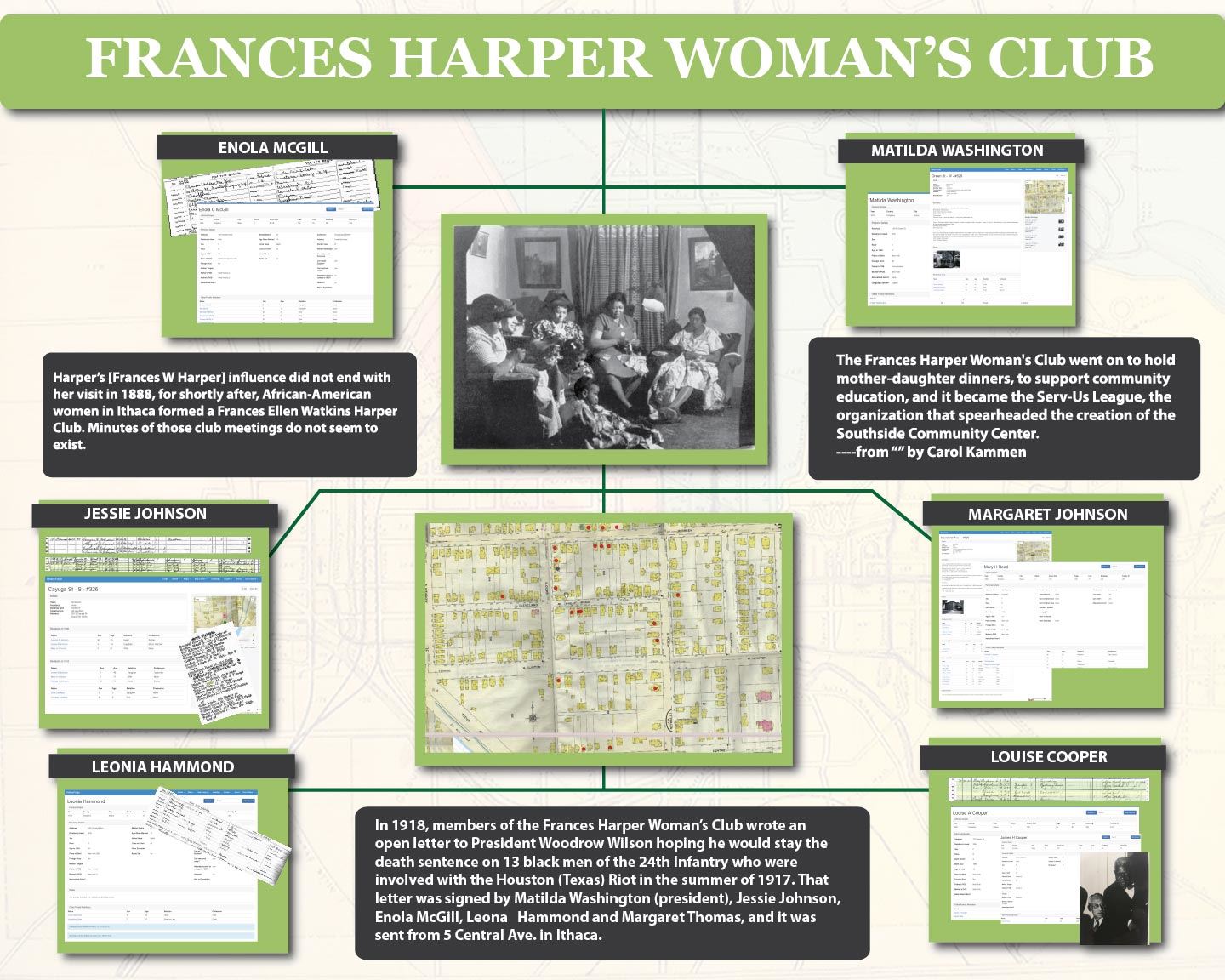
Born in South Carolina and raised in Richmond, Virginia, James Gibbs first came to Ithaca in 1935. He was a social worker who trained at Syracuse University, and he became the first Director of the new Southside Community Center in 1937, while it was still under construction. Southside under James Gibbs was a full-service community center, providing job training for adolescents and adults as well as recreational activities for children. Girl and Boy Scout Troops, music programs, amateur photography, and cooking classes were common. |
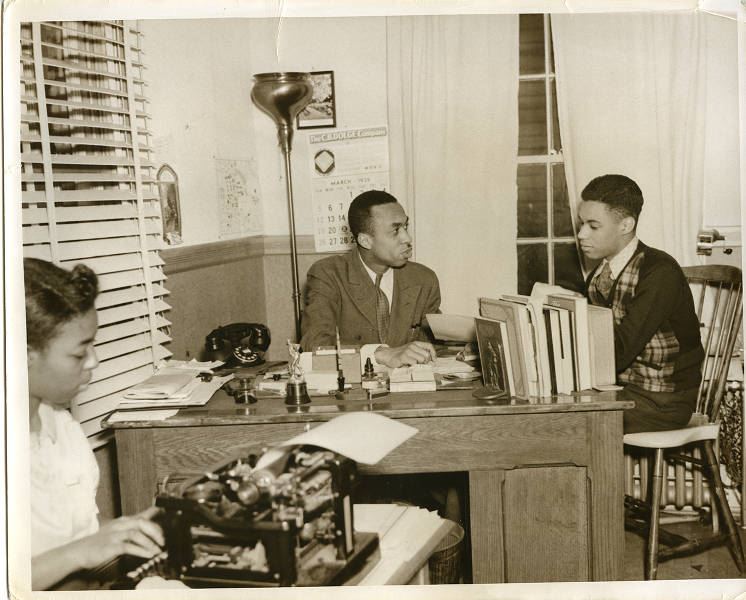
There was also a health committee, a nutrition clinic for pre-school children, and a journalism class that published a weekly newspaper. Job training was a crucial component of the Southside experience under Mr. Gibbs. He, along with his wife Hortense, played a vital role in expanding the limited job opportunities open to blacks in Ithaca in the mid-20th century. High school students who participated in training programs at the Southside were among the first African Americans to break the color barrier in professional Ithaca. A high school student Mr. Gibbs trained became the first black secretary at Cornell University, and later became the Head Secretary in Cornell’s History Department. Mr. Gibbs worked closely with companies like the Ithaca Gun Company and Cayuga Tool Company in arranging for the hiring of black employees in the 1930s and 1940s. Mr. Gibbs left the Southside in 1944 and embarked on another chapter in his full life of community service. He was the first African American to work at the Ithaca Post Office. He later became a district representative for Mohawk Airlines, where he was instrumental in Mohawk’s hiring of the first Black stewardess in the United States.
** Our 'Oral Histories of Tompkins County' collection includes a 2015 interview with James Gibbs Jr.; the son of Southside's first director. Please contact archives@thehistorycenter.net to access the audio or transcript of this interview.
HistoryForge is an innovative digital history project combining maps, archival records, and census data that allows any community to explore its local history through the individuals who lived there and the buildings and neighborhoods they lived in. Our pilot project began in 2016 and focuses on exploring the history of Ithaca, New York in the late 19th and early 20th century using interactive search functions which allow users to find information on historic maps about people and places. Tompkins County's HistoryForge project includes over 100,000 digitized census records of Ithacan's from 1880-1950, and is in the process of expanding to include all nine towns in the county. By searching the census records for the Southside Neighborhood over the decades you can learn about historic Black families who lived in Ithaca. | Each red dot references a self-identified Black individual or family living in the building in the 1930 census. The area shown is the Southside Neighborhood. You can see the names, ages, professions and more of each individual by exploring their census records. |
.png)
